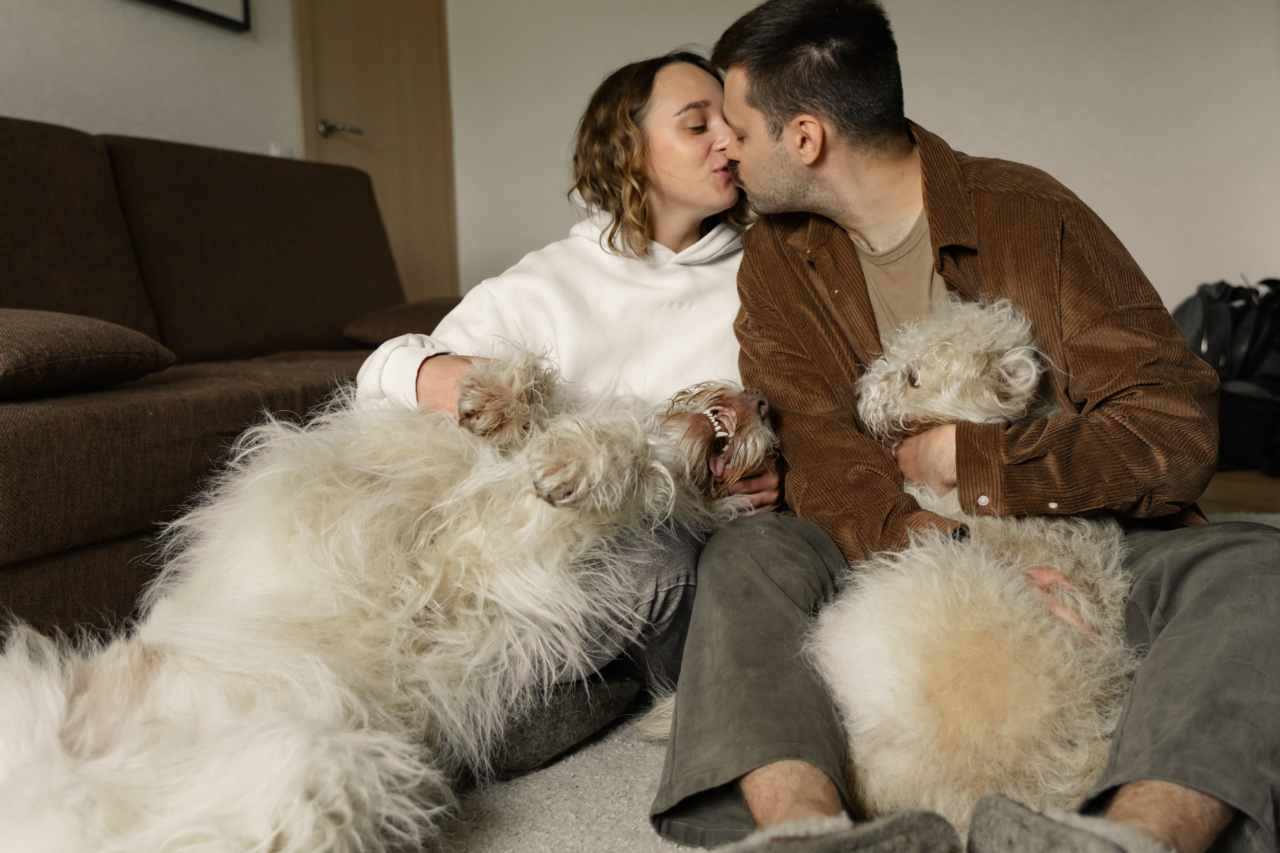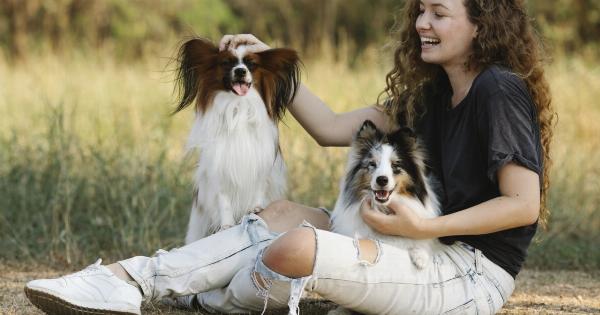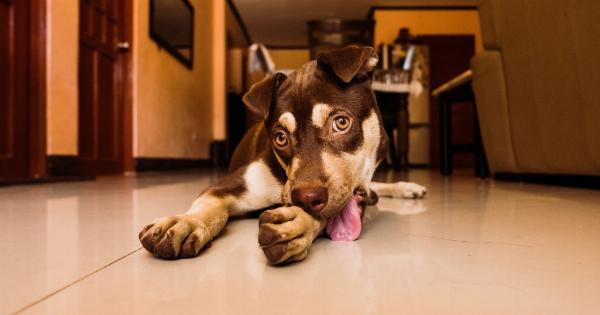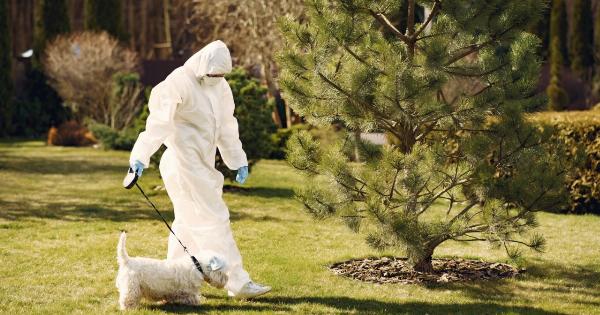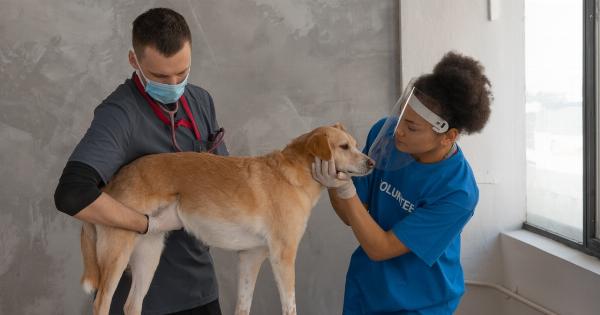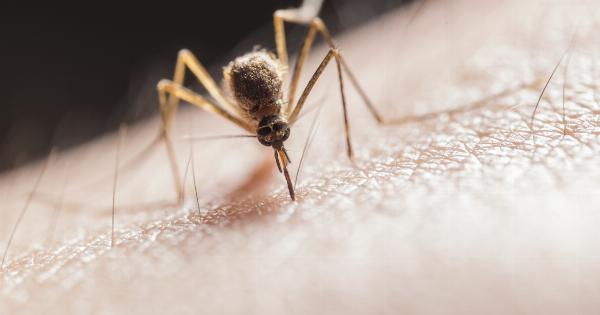Most dog owners tend to treat their furry friends like members of the family, allowing them to sleep in their beds, share their food, and even give them a peck on the lips.
But is it safe to kiss dogs on the mouth? While it may seem like an innocent display of affection, there are several factors to consider before indulging in this intimate act with your canine companion. This article will explore the potential risks associated with kissing dogs on the mouth and provide recommendations on how to ensure both your and your pet’s well-being.
The Bacterial World of a Dog’s Mouth
Contrary to popular belief, a dog’s mouth is not necessarily cleaner than a human’s mouth. Dogs explore the world using their mouths, sniffing, licking, and even tasting various objects and substances.
This behavior exposes their mouths to a wide range of bacteria, parasites, and other potential pathogens.
While dogs have a different oral microbiome than humans, their mouths can still harbor harmful bacteria that can be transferred through direct contact. One such bacterium is Capnocytophaga canimorsus, commonly found in a dog’s saliva.
While this bacterium is typically harmless for dogs, it can cause severe infections in humans, especially those with weakened immune systems.
Risks of Zoonotic Infections
Kissing dogs on the mouth increases the risk of zoonotic infections, which are diseases that can be transmitted between animals and humans. Some common zoonotic infections include:.
1. Salmonellosis
Salmonella is a type of bacteria often associated with food poisoning. Dogs can carry Salmonella in their mouths without showing any symptoms.
When you kiss your dog, you may unknowingly come into contact with the bacteria, increasing your risk of infection.
2. Campylobacteriosis
Campylobacter is another type of bacteria commonly found in dogs’ digestive tracts. It can cause diarrhea, abdominal pain, and fever in humans if transmitted through kissing or other forms of close contact.
3. Giardiasis
Giardia is a microscopic parasite that can cause gastrointestinal symptoms in both dogs and humans. If you kiss your dog and come into contact with the parasite, you may experience symptoms such as diarrhea, nausea, and stomach cramps.
Preventing Zoonotic Infections
While the risks of zoonotic infections should be taken seriously, it doesn’t mean you have to completely avoid physically expressing affection toward your furry friend. Here are some precautions you can take to minimize the risk:.
1. Practice Good Hygiene
Wash your hands thoroughly with soap and warm water for at least 20 seconds after interacting with your dog or any animal.
This simple practice can significantly reduce the transfer of harmful bacteria and other pathogens from your pet’s mouth to your own.
2. Avoid Close Contact During Illness
If your dog is unwell or showing signs of illness, such as diarrhea or vomiting, it’s best to avoid close contact, including kissing, until they have fully recovered. Illness can often increase the shedding of harmful bacteria or parasites.
3. Regular Veterinary Check-ups
Ensure that your dog is up-to-date with their vaccinations and receives regular veterinary check-ups. Regular visits to the veterinarian can help detect and treat any potential health issues early on, reducing the risk of zoonotic infections.
Demonstrating Affection Safely
While kissing dogs on the mouth may pose certain risks, there are numerous other ways to show affection toward your furry companion without compromising your health:.
1. Petting and Cuddling
Gently petting your dog and cuddling with them can be equally reassuring and loving gestures. Dogs enjoy physical touch, and it can strengthen the bond between you and your pet.
2. Verbal Praise and Encouragement
Words of affirmation and encouragement can go a long way in expressing your love for your dog. Dogs are highly receptive to tone and emotions, so showering them with verbal praise can make them feel loved and appreciated.
3. Quality Time Together
Spend quality time engaging in activities that your dog enjoys, such as going for walks, playing games, or training sessions. This shared time strengthens the bond between you and your pet while ensuring a safe and healthy interaction.
Conclusion
While the act of kissing dogs on the mouth may seem innocent and affectionate, it’s essential to consider the potential risks associated with zoonotic infections.
Maintaining good hygiene practices, avoiding close contact during illness, and regular veterinary check-ups can help mitigate these risks. Remember, there are numerous other ways to demonstrate love and affection for your furry friend that pose minimal health concerns. Ultimately, the well-being of both you and your four-legged companion should be the top priority in all interactions.
